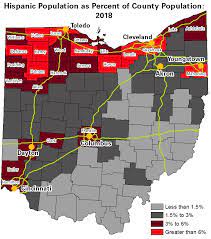
Nicaraguan immigration to the United States has reached an all-time high in recent years. Many are leaving the country due to economic hardship caused by inflation and declining wages, while others are leaving to escape persecution from Daniel Ortega’s oppressive government. Over the past four years, about ten percent of Nicaragua’s population has fled the country, with many heading to Costa Rica or the United States. In November alone, about 34,000 Nicaraguans turned themselves in to U.S. border patrol. In contrast, only 1,000 Nicaraguans turned themselves in five years ago. This uptick in immigration indicates declining economic and political conditions in Nicaragua.
This article was written by Alfonso Flores Bermúdez and Frances Robles for the New York Times. The article focuses on the reasons different immigrants have for leaving and how difficult it is for them to do so. The authors use quotes from immigrants, quantitative data, and photographs to paint a sympathetic view of immigration from Nicaragua. The central message is that Nicaragua’s political and economic crisis is leading to large amounts of immigrants leaving the country for the United States.
The article uses statistics and quantitative data in order to demonstrate the main point. The authors provide statistics on how many immigrants from Nicaragua have entered the U.S. during different years. This data is not illustrated with charts or graphs. In some cases, it is not clearly stated where the data comes from while in other cases the data is linked to specific studies and institutions like the border patrol. I think that including charts or graphs to illustrate the data could help readers understand the article better.
The use of qualitative evidence in this article is very effective. The article includes interviews with various immigrants and background information about their lives. This creates a better picture of personal reasons for leaving the country. The article also includes background information about Daniel Ortega and his rise to power which gives the reader context about the current political situation in Nicaragua. Overall, I think the use of qualitative evidence in this article is much stronger than its use of quantitative evidence.
In general, the journalists use both qualitative and quantitative evidence to paint a more complete picture of Nicaraguan immigration to the United States. The combination of first-hand accounts of immigration accompanied by statistical data gives the reader a sense of the scale of the issue as well as a personal connection to the issue. This article relates to class themes through its discussion of push and pull factors as well as the struggles that many immigrants face in reaching the United States.
